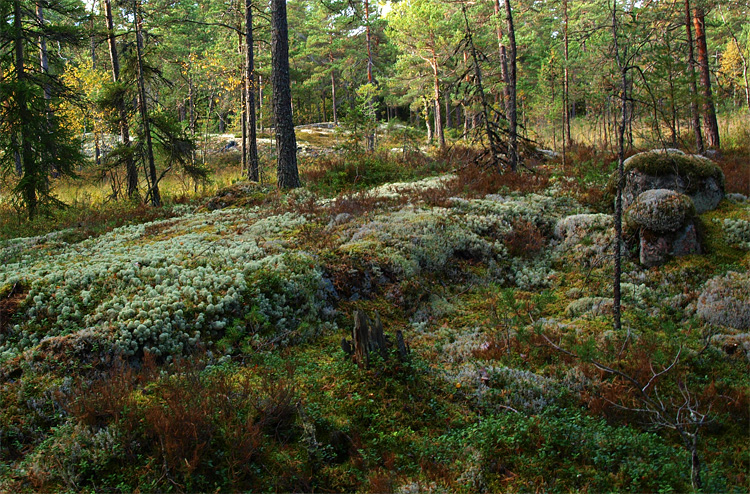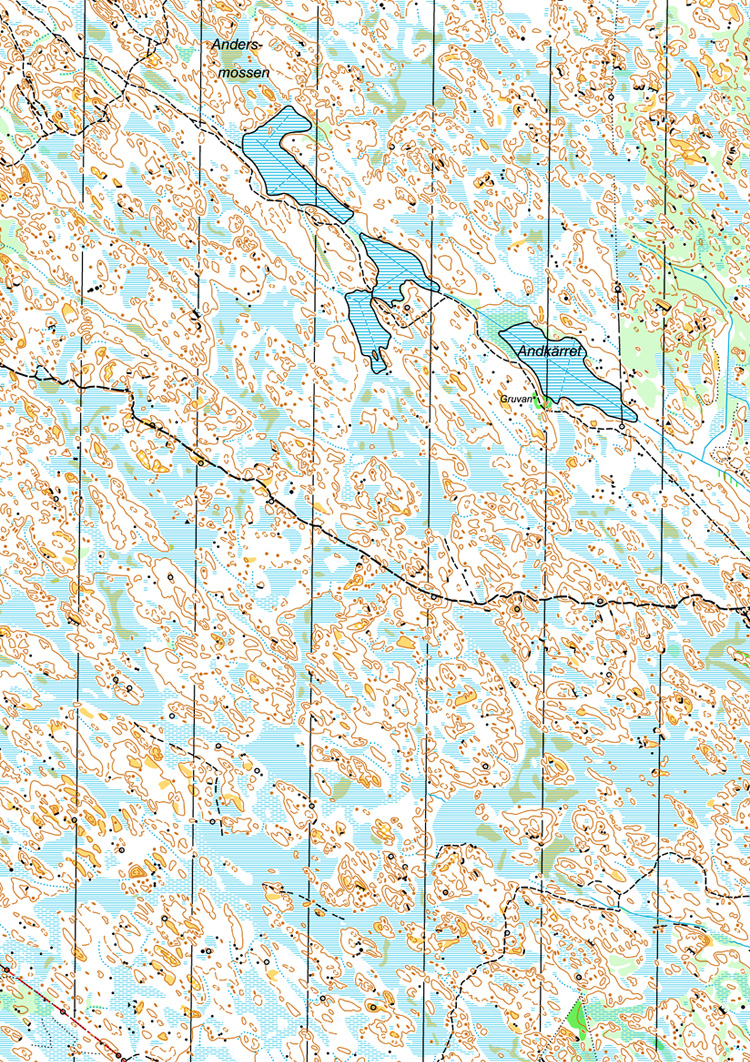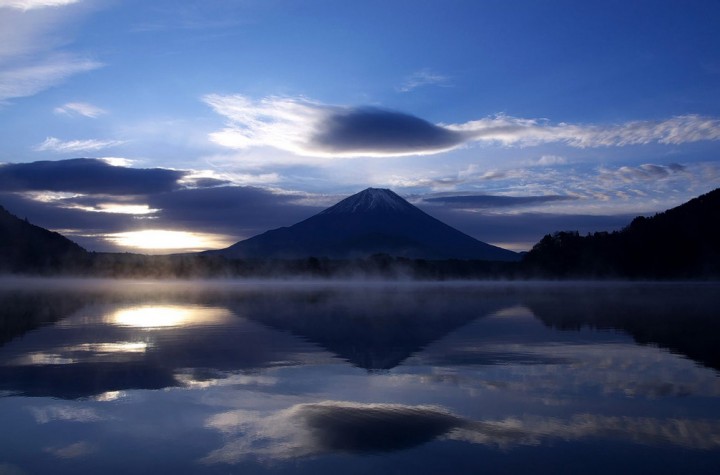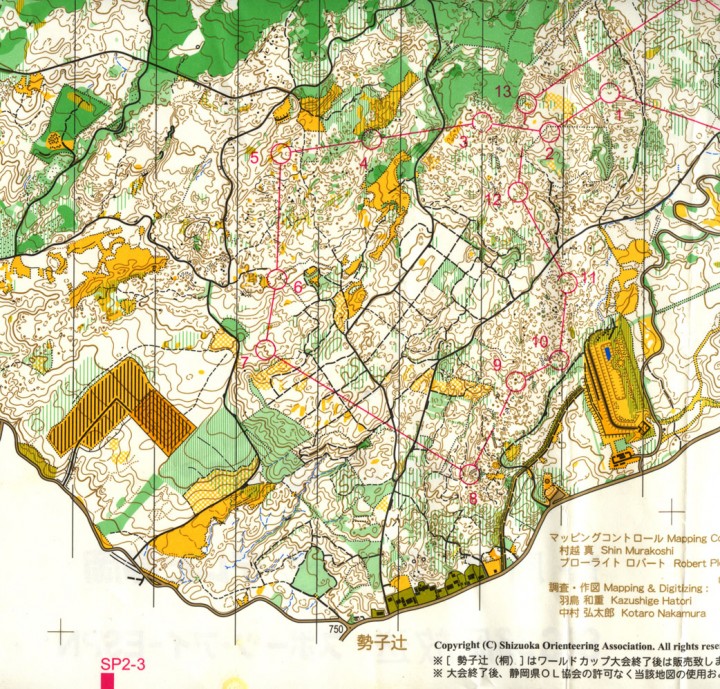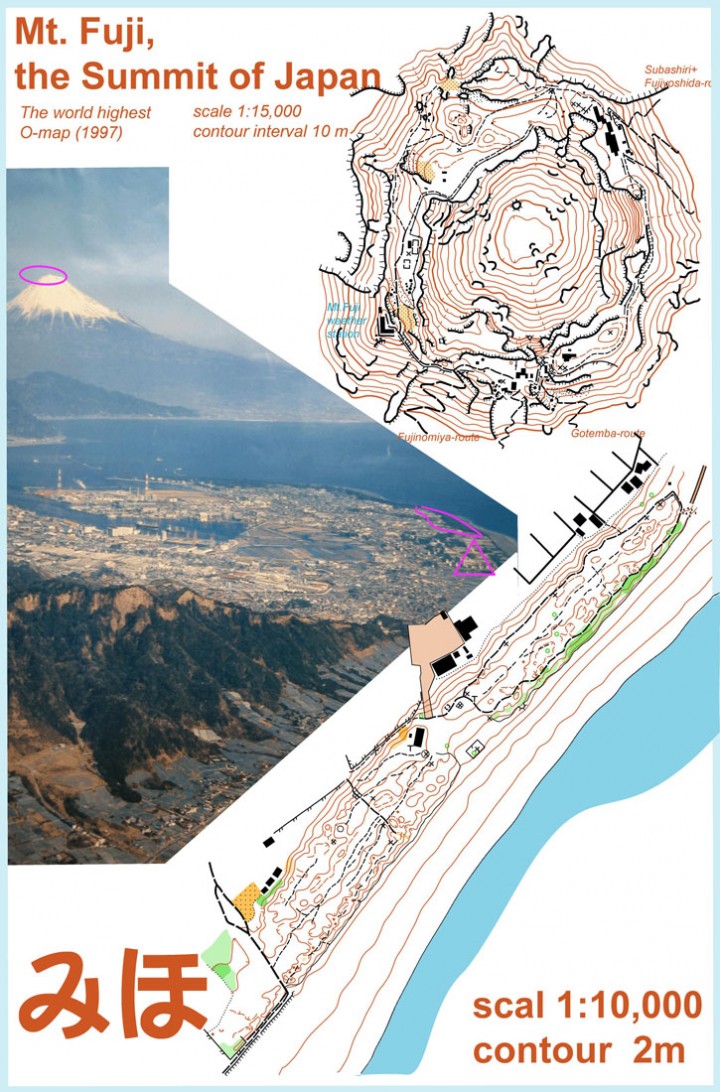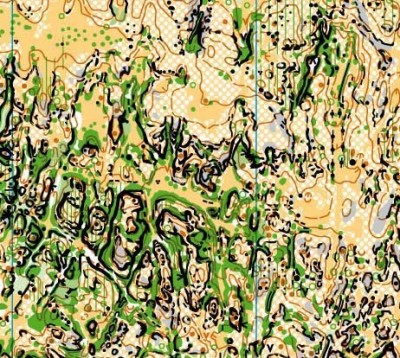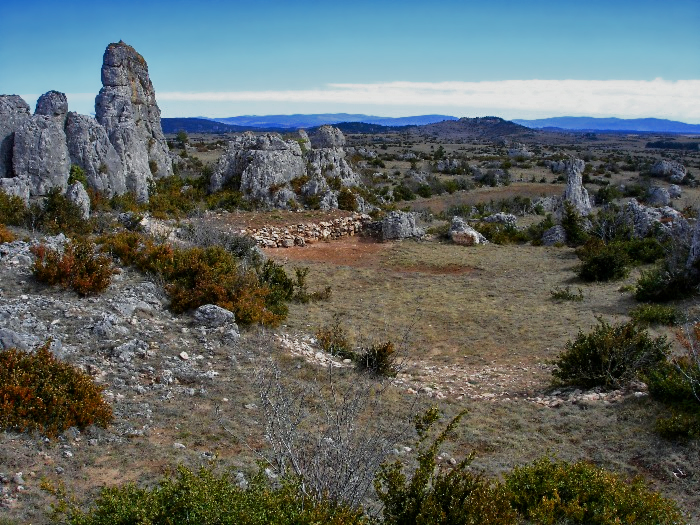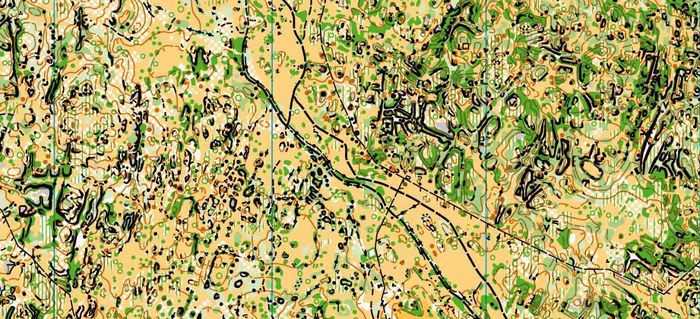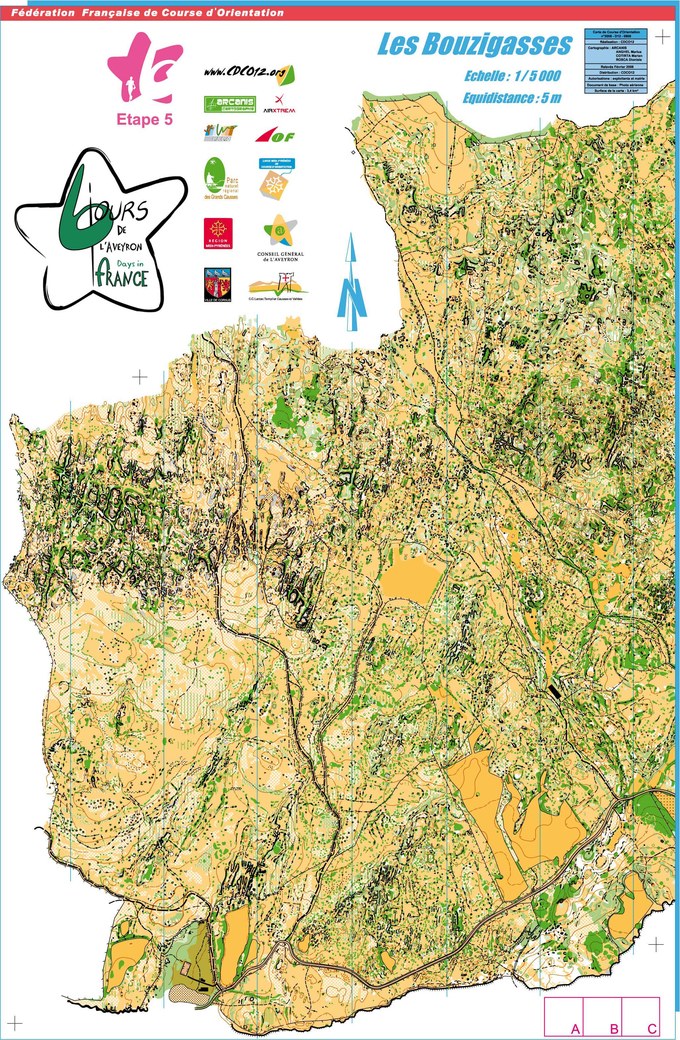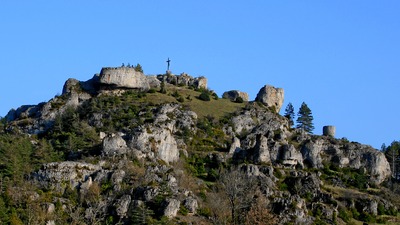Lunsen
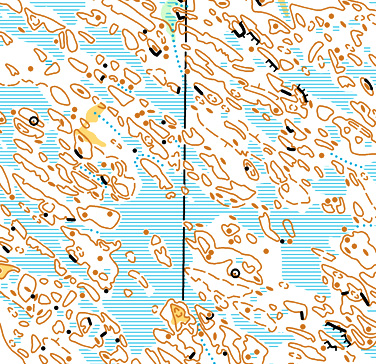 One of the worlds best known educational centers, the city of Uppsala, offers not only exceptional possibilities for studying but also some great areas for orienteering. Namely, just some 10 kilometers away from the city main square one can find an almost pathless wilderness, a 20 km2 big mozaic of fine hills and bogs of all sizes. The Lunsen area.
One of the worlds best known educational centers, the city of Uppsala, offers not only exceptional possibilities for studying but also some great areas for orienteering. Namely, just some 10 kilometers away from the city main square one can find an almost pathless wilderness, a 20 km2 big mozaic of fine hills and bogs of all sizes. The Lunsen area.
Just go straight!
Lunsen is one of the best areas mapped around Uppsala and many would argue it is also one of the best in Sweden. Members of local clubs train here frequently as they are lucky enough to have this area at the doorstep, but even the orienteers from farther away come often to Lunsen for technical practice.
Lunsen is special in many ways, says Tomas Stenström, OK Linne’s elite runner. – The map is really big and there are big sections of terrain with no roads or paths. The terrain is demanding and unless you are 100% focused, you can get totally lost. We are often performing night Orientering in this area, and there are not many harder things than having Lunsen under control at night.
What about tactics in such terrain? – Route choices are almost none in Lunsen, continues Tomas. – Therefore the best way to navigate is to hold to the line and be really focused on where you are and where to go. Top runners in this type of terrain are able to see which object to use for fast navigation and to keep high speed all the way to the control. You need to be really technically trained to succeed in Lunsen. I think some top runners have serious problems with this type of terrain and even when they think they have done a good race, they can be several minutes behind the best.
More than just orienteering
Uppsala is a city rich in history and renowned educational center. Uppsala university is the oldest University in the Nordic countries and it dates to 1477. Perhaps the best known Uppsala student is Carl Linneaus (also known as Carl von Linné). Linné laid the foundations of modern taxonomy (categorising livig organisms) as well as set up the scheme of binomial nomenclature (scientific nomenclature of living organisms).
The Lunsen area itself is a nature reserve, where they try to maintain and re-develop biodiversity. It is interesting that after the reserve was formed in 2003, some wetlands were restored by filling up about 20 old forest ditches. Foot-bridges have been built in many places so you can walk through the wetlands. For instance, there is a 120 meters long bridge with passing places across Micksmossen.
Why should you run on this map before you die?
So why did we choose this map as a candidate for 101 Orienteering Maps you should run on before you die? One of our readers commented that “Swedes say that once you manage to orienteer there you can orienteer anywhere.” While one could argue on that statement, the fact is that Lunsen is technically very challenging and at the same time very enjoyable area (I have actually tried this terrain on a few trainings). The forest is big, wild and beautiful. Lunsen was also on the list of the 10 best Swedish areas published by Alternativet. The proximity of Uppsala is additional bonus.
| Map: | Lunsen |
|---|---|
| Scale: | 1: 10000 & 1:15000 |
| Equidistance: | 2,5 m |
| Year: | 2009 (constantly updated) |
| Size of map: | overall area cca. 45 km2 , last update cca. 26 km2 |
| Mappers: | Field work: Kampfs Kartor (Thomas Kampf) |
| Terrain type: | Diffuse relief, many marshes, bogs of different sizes. |
| Estimated top speed: | 5.5 min/km |
| Interesting points: | Technically very difficult map, big sections with no paths. Proximity of Uppsala one of World best known university cities. The area itself is a Nature reserve. |
| Links of interest: | Owner club Upsala IF, World of O maps Lunsen entry (see for example Albin Ridefelt’s long leg training), Wikipedia on Uppsala |
| Events on map: | Some national events. |
| Country: | Sweden |
| Location: |
Discussion
Please note that the map being presented in this article does not necessarily mean that it will also be included in the final selection of the 101 maps – and in the paper book. It only means it is currently on our candidate list.
There will probably be quite a few Swedish maps on the final list. Do you think Lunsen should be there too? Have you ran on this terrain? What was your experience? Do you know about some similar even more interesting areas?
Thanks
Thanks to Tomas Stenström and Thomas Kampf for help with the article.

